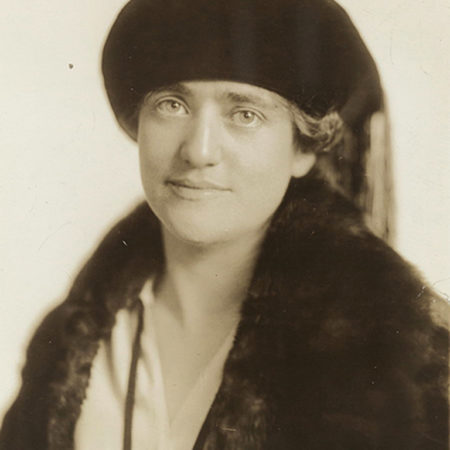The 19th Amendment Passes Congress in 1919
After the success of protests, progress stalled. President Wilson was focused on the war in Europe. In response, the NWP initiated the protests again. The Senate narrowly defeated the measure twice, in October 1918 and again in February 1919. Wilson called Congress into special session that May. Meanwhile, six more states had granted women the vote. The new House passed the amendment again easily with a hundred new pro-suffrage representatives. The Senate passed the amendment on June 4, 1919, with a two-vote majority. Over the two and a half years of the protests, almost 2,000 women participated.
Featured image: Bertha Berglin Moller. Harris & Ewing, Photographer.

Leadership Transcends
Anika Schneider
Oil paint on canvas, 2020
Bertha Berglin Moller
Bertha Moller (1888-1951) began her suffrage work with Minnesota Woman Suffrage Association (MWSA). She worked for them as a paid organizer by 1915. She gave talks and organized new suffrage clubs throughout the state. She was soon drawn to the more radical tactics of the Congressional Union (CU). By 1917, Moller was working for the National Woman’s Party (NWP), which was picketing the White House. She was arrested eleven times while picketing in Washington, D.C., and served two five-day sentences.
Moller gave talks and organized new suffrage clubs throughout the state.
Moller was deeply involved in the NWP’s final push for the Nineteenth Amendment in 1919 and 1920. In the 1920s and 1930s, she was a national speaker for the NWP and the Democratic Party. In 1927, she visited Central America to learn about the laws affecting women in those countries. In 1929, she represented the NWP at an international industrial conference in Berlin. She was one of four delegates from the United States.
She attended law school at the University of Minnesota. She and her husband, Charles, moved to Chicago in 1923, where she completed her degree at Northwestern Northwestern University in 1925. She supported herself as a government lawyer for much of her career.
